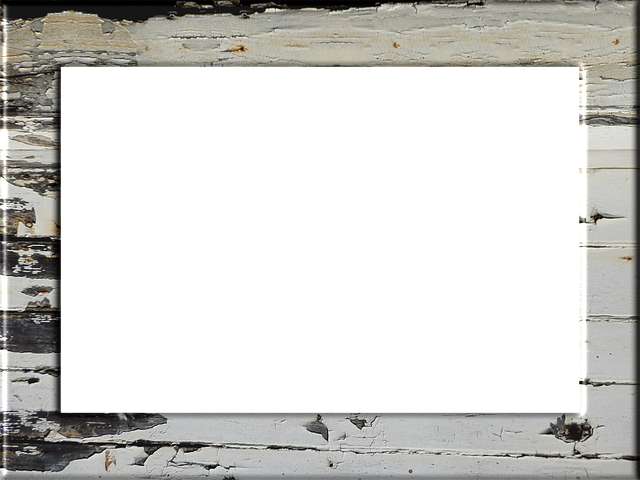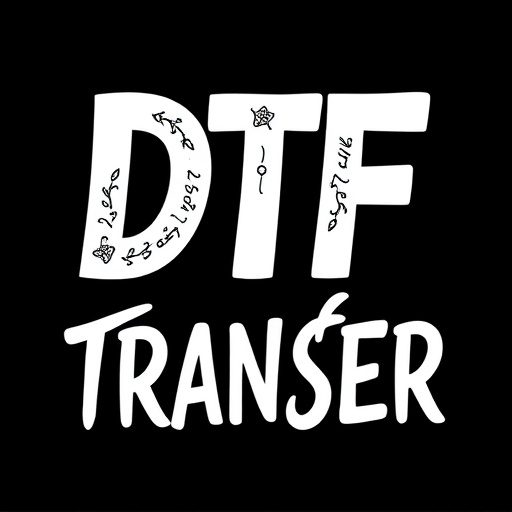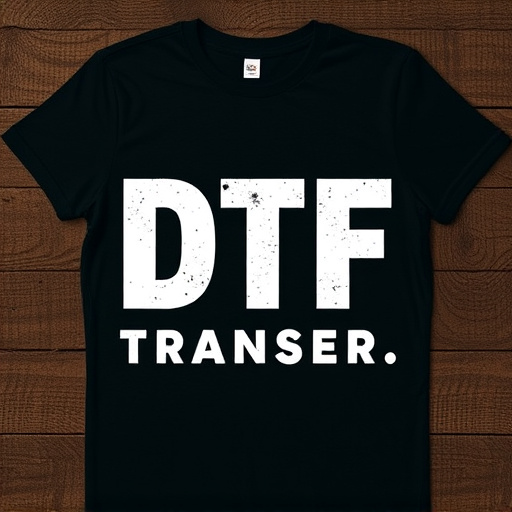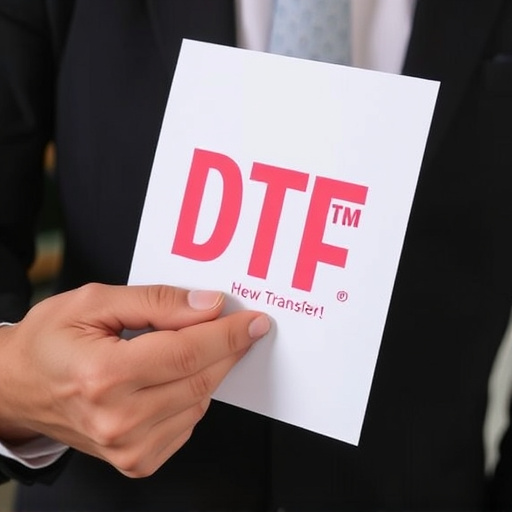Direct-to-film (DTF) transfer printing revolutionizes custom clothing design with its direct application method, offering vibrant, long-lasting prints on various fabrics like cotton, polyester, and nylon. Versatile, efficient, and cost-effective, DTF enables intricate patterns and full-color designs suitable for bulk orders or small batches. It's accessible to businesses and hobbyists, fostering unique, eye-catching garments with fast production times and outstanding durability. Choosing the right DTF transfer for fabric composition and design complexity is key, while proper setup and application ensure high-quality DTF prints that enhance visual appeal and maintain vibrancy after wear. Fashion brands like Patagonia and Urban Outfitters leverage DTF for distinctive designs and streamlined production, making it a powerful tool in the industry.
Direct-to-film (DTF) transfer printing is revolutionizing the fashion industry by offering a versatile and high-quality method for adding custom designs to clothing. This innovative technique allows for intricate patterns and vibrant colors on a range of fabrics, from t-shirts to hoodies. In this comprehensive guide, we explore DTF transfers, their applications, benefits, and how to choose the right print for your fabric. Prepare to dive into a world where design possibilities are limitless.
- Understanding Direct-to-Film (DTF) Transfer: A Comprehensive Overview
- Types of DTF Transfers for Diverse Clothing Applications
- Benefits of DTF Printing: Quality and Versatility Combined
- Choosing the Right DTF Print for Your Fabric
- Incorporating DTF Designs: Step-by-Step Guide
- Case Studies: Successful Integration of DTF Prints in Fashion
Understanding Direct-to-Film (DTF) Transfer: A Comprehensive Overview

Direct-to-film (DTF) transfer is a cutting-edge printing technique that has revolutionized custom clothing design. Unlike traditional screen printing, which involves setting up separate screens for each color and can be time-consuming and costly, DTF allows for direct application of designs onto various clothing items using advanced equipment. This process uses heat to bond dye or pigments onto the fabric’s surface, resulting in vibrant, long-lasting prints.
DTF transfer is versatile and suitable for a wide range of clothing materials, including cotton, polyester, and nylon. It enables designers to create intricate patterns, elaborate illustrations, and even photographic images directly on garments. The technology offers unmatched speed and efficiency, making it an excellent choice for bulk orders or small-batch production. Furthermore, DTF printing provides a cost-effective solution for custom clothing, allowing businesses and individuals alike to transform their designs into tangible products with remarkable precision and quality.
Types of DTF Transfers for Diverse Clothing Applications
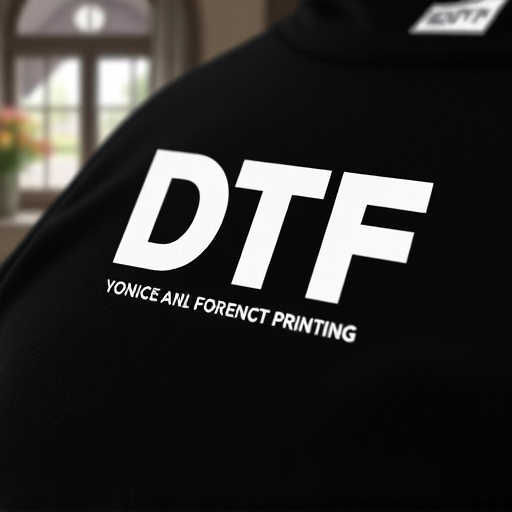
Direct-to-film (DTF) transfers offer a versatile solution for printing on diverse clothing items. These transfers are designed to adhere directly to fabrics, allowing for high-quality prints that are both durable and vibrant. One of the key types is heat-applicated DTF, which involves applying heat to fuse the print onto the fabric. This method is suitable for a wide range of textiles, including cotton, polyester, and blends, making it ideal for custom t-shirts, hoodies, and more.
Another popular option is cold-application DTF, which uses pressure-sensitive adhesives to bond the print to the fabric without heat. This technique is particularly effective for printing on dark fabrics, as it ensures vibrant DTG prints that pop against the background. With advancements in technology, DTF printing has become accessible for small businesses and even hobbyists, enabling them to create custom garments with intricate designs and unique artwork.
Benefits of DTF Printing: Quality and Versatility Combined
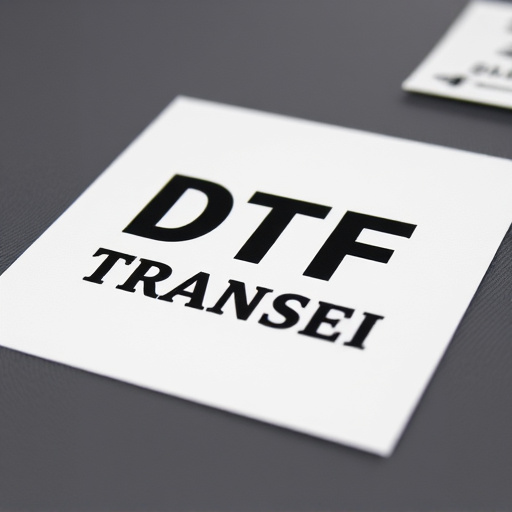
Direct-to-film (DTF) printing offers a unique and innovative approach to garment decoration, combining unparalleled quality with exceptional versatility. This cutting-edge technology allows for intricate designs and detailed prints to be directly applied to various clothing items, from t-shirts and hoodies to hats and bags. Unlike traditional methods that might limit color vibrancy or require specific fabric types, DTF Transfer excels in producing high-resolution, full-color prints that truly bring designs to life.
The versatility of DTF Printing is evident in its ability to cater to diverse customer preferences and market demands. It accommodates both simple graphics and complex, multi-colored patterns, making it suitable for a wide range of clothing styles and trends. Moreover, DTF Transfers can be applied to various fabric types and shapes, expanding the creative possibilities for designers and brands. This versatility, coupled with outstanding durability and fast production times, makes DTF Printing an attractive choice for those seeking to create unique, eye-catching garments and accessories.
Choosing the Right DTF Print for Your Fabric

When selecting a DTF (Direct-to-Film) print for your fabric, consider the material’s composition and intended use. Cotton and polyester blends are popular choices as they absorb inks well and withstand washing without fading. For high-quality, long-lasting prints on delicate fabrics like silk or satin, choose specialized DTF transfers designed for these materials.
Ensure the DTF printing method aligns with your design complexity. Simple, solid-color designs lend themselves well to DTF transfers, while intricate patterns might be better suited for advanced techniques like screen printing. The right DTF print will enhance the visual appeal of your clothing items and ensure the design remains vibrant even after multiple wears.
Incorporating DTF Designs: Step-by-Step Guide

Incorporating Direct-to-Film (DTF) Designs: A Step-by-Step Guide
1. Select Your Design and Clothing Item: Start by choosing a high-quality DTF design that aligns with your brand or artistic vision. Ensure the design is suitable for the clothing item you intend to print, considering factors like fabric type and size limitations.
2. Prepare Your Workstation: Set up your workspace with all necessary equipment: a stable table, a computer with graphic design software, a DTF printer, and protective gear such as gloves and safety glasses. Ensure your work area is well-lit and organized to facilitate a smooth printing process.
3. Design Customization (if needed): If you’re creating a custom design or modifying an existing one, use graphic design software like Adobe Illustrator or CorelDRAW. Adjust the design elements, colors, and text to ensure they are optimized for DTF printing. Save the file in a format compatible with your DTF printer software, such as PDF or EPS.
4. Load Design and Material: Open your DTF printer software and load the customized design. Ensure the software correctly interprets the design’s resolution and color profile. Prepare your clothing item by cleaning it to ensure no debris or oils that could interfere with the DTF transfer.
5. Print and Apply Transfer: Preheat the clothing item according to the manufacturer’s guidelines. Load the DTF transfer paper into the printer and start the printing process. Once the print is complete, carefully remove the transfer paper from the inkjet printer, ensuring the design faces down onto the preheated clothing item.
6. Press and Cure: Using a heat press or iron, apply heat and pressure to the transferred design for a set duration (refer to your DTF transfer instructions). This step ensures the inks fuse permanently with the fabric. After curing, carefully remove the heat source and let the clothing item cool down before handling it.
7. Inspect and Enjoy: Examine the printed clothing item for any errors or imperfections. Once satisfied, enjoy your unique, direct-to-film design on a variety of clothing items, from t-shirts to hoodies.
Case Studies: Successful Integration of DTF Prints in Fashion
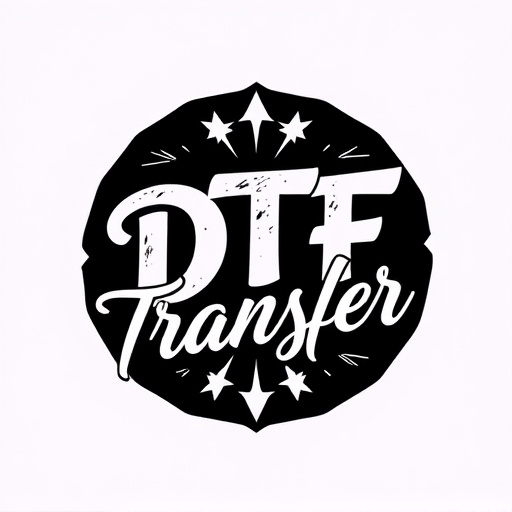
Direct-to-film (DTF) transfer and printing have successfully integrated into the fashion industry, revolutionizing clothing design and production. Case studies highlight the versatility of DTF technologies, demonstrating their suitability for a wide range of clothing items, from t-shirts and hoodies to dress shirts and even activewear. Brands like Patagonia and Urban Outfitters have embraced DTF prints for their ability to create eye-catching, unique designs that stand out on the market.
These case studies also showcase the efficiency gains afforded by DTF methods. Traditional printing techniques often involve multiple layers and complex processes, whereas DTF offers a simpler, more direct approach. This streamlined method reduces production time and waste, making it an attractive option for fashion designers looking to bring their creative visions to life quickly and cost-effectively.




